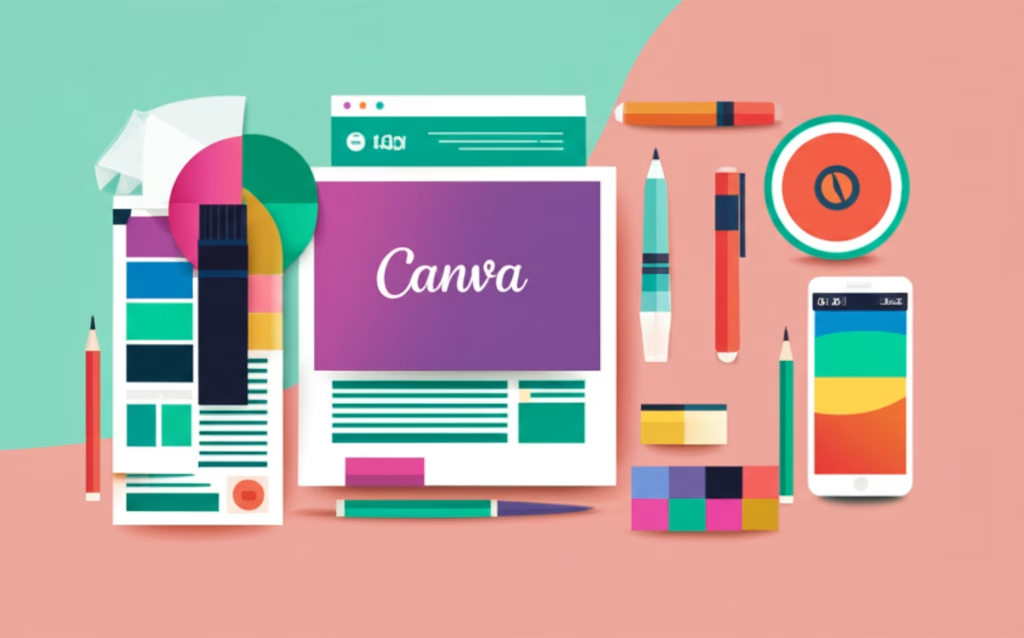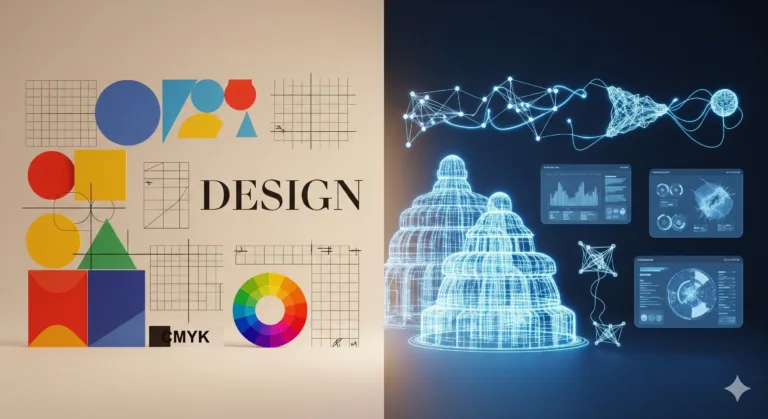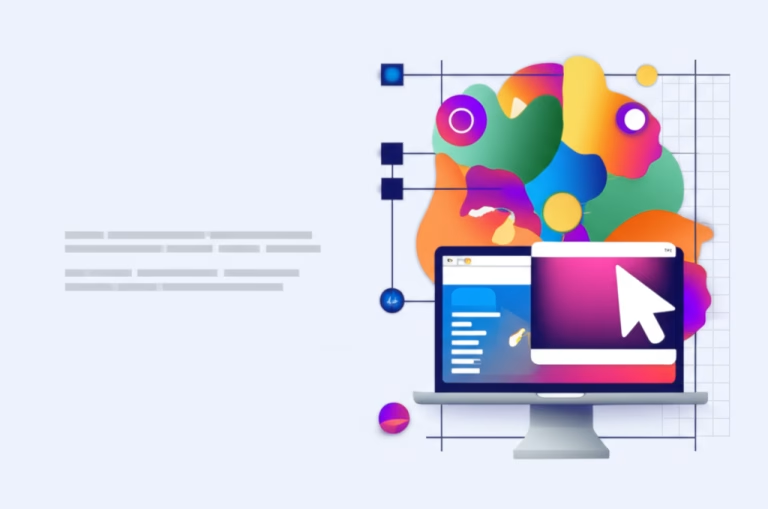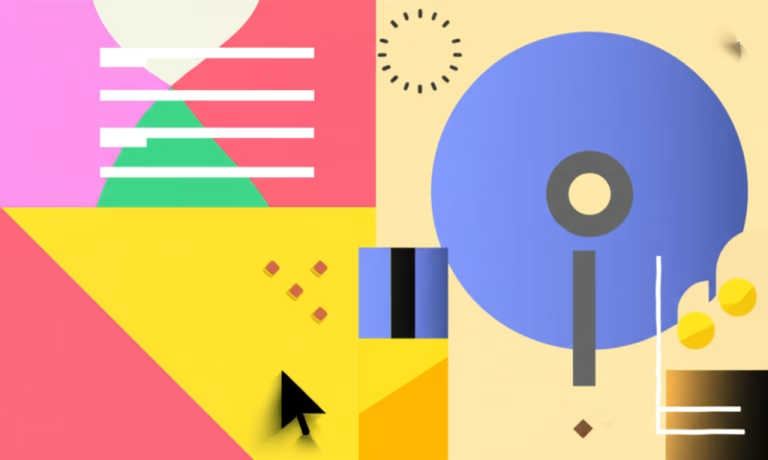Inspiration and Creativity: A Beginner’s Guide to Design
Introduction
Ever feel like your design ideas are stuck in a rut? You’re staring at a blank canvas, but your mind is drawing a blank too. It’s a common struggle for beginner designers. Finding that spark of inspiration can be tough. But don’t worry, creativity isn’t some magical gift only a few possess. It’s a muscle you can train. In this post, we’ll explore what inspiration and creativity really mean in design. We’ll also cover practical techniques to boost your own creative process.
What is Inspiration and Creativity?
Inspiration is that feeling of excitement and motivation that pushes you to create something new. It’s the spark that ignites your creative fire. Creativity, on the other hand, is the ability to generate new ideas and solutions. It’s about connecting existing concepts in novel ways. Think of inspiration as the fuel and creativity as the engine. Both are essential for producing great design work.
For beginners, it’s important to understand that inspiration doesn’t always strike like lightning. Sometimes, it’s a slow burn, built through exploration and experimentation. Creativity isn’t about being “original” in the sense of inventing something from nothing. It’s about taking existing elements and combining them in a way that’s fresh and meaningful.
Why is it Important in Design?
Inspiration and creativity are the lifeblood of good design. Without them, your work risks becoming stale, predictable, and ineffective. Creative design solves problems in innovative ways. It captures attention, communicates effectively, and leaves a lasting impression. Inspiration fuels the entire design process, from initial concept to final execution.
In the competitive world of design, standing out is crucial. Creativity allows you to differentiate yourself and your work. It enables you to offer unique solutions that resonate with your target audience. Moreover, a strong sense of inspiration keeps you motivated and engaged in your work. This passion translates into higher quality designs that truly shine.
Basic Principles / Rules / Tools
Cultivate a Curious Mind
Creativity thrives on curiosity. Ask questions, explore different fields, and never stop learning. Read books, watch documentaries, and attend workshops. The more you expose yourself to new ideas, the more fuel you’ll have for your creative fire.
Embrace Constraints
It might sound counterintuitive, but limitations can actually boost creativity. When you’re forced to work within certain boundaries, you’re compelled to think outside the box. Set challenges for yourself, such as designing a logo using only two colors or creating a website layout with a limited number of fonts.
Practice Mind Mapping
Mind mapping is a powerful tool for brainstorming and generating ideas. Start with a central concept and branch out with related thoughts and associations. This visual technique can help you unlock new connections and explore different avenues of inspiration.
Use Mood Boards
Mood boards are visual collages that capture the overall aesthetic and feel of a project. Gather images, colors, textures, and typography that resonate with you. This can help you define the direction of your design and stay focused on your vision.
Take Breaks
Stepping away from your work can often be the best way to find inspiration. Go for a walk, listen to music, or simply relax and clear your mind. When you return to your design, you’ll likely have a fresh perspective and new ideas.
Tools for Inspiration:
- Pinterest: A visual discovery platform for finding inspiration in various categories.
- Dribbble: A community for designers to showcase their work and find creative ideas.
- Behance: Adobe’s platform for showcasing and discovering creative work.
- Awwwards: A website that recognizes and promotes the best web designs.
- Muzli: A browser extension that curates design news and inspiration.
Common Mistakes (and How to Avoid Them)
One common mistake is waiting for inspiration to strike. Creativity is a process, not a passive experience. Don’t wait for the perfect idea to come to you. Start experimenting, exploring, and iterating. The more you work, the more likely you are to stumble upon something brilliant.
Another mistake is being too critical of your own ideas. Don’t censor yourself in the early stages of brainstorming. Let your thoughts flow freely and explore all possibilities. You can always refine and edit later. Fear of failure can stifle creativity. Embrace experimentation and learn from your mistakes.
Comparing yourself to other designers is also a common pitfall. It’s easy to feel discouraged when you see the work of more experienced professionals. Remember that everyone starts somewhere. Focus on your own growth and celebrate your progress. Learn from others, but don’t let their success intimidate you.
Finally, neglecting to seek feedback can hinder your creative development. Share your work with other designers and ask for constructive criticism. Be open to new perspectives and use feedback to improve your skills.
Step-by-Step: How to Apply Inspiration and Creativity in Your Projects
Here’s a step-by-step guide to incorporating inspiration and creativity into your design projects:
- Define the Problem: Clearly understand the goals and objectives of your design project. What problem are you trying to solve? Who is your target audience?
- Research and Gather Inspiration: Explore different sources of inspiration, such as websites, magazines, and art galleries. Collect images, colors, and typography that resonate with you. Create a mood board to capture the overall aesthetic.
- Brainstorm Ideas: Generate as many ideas as possible, without censoring yourself. Use techniques like mind mapping and sketching to explore different concepts.
- Develop Concepts: Refine your ideas and develop a few promising concepts. Create prototypes or mockups to visualize your designs.
- Seek Feedback: Share your concepts with other designers and ask for constructive criticism. Be open to new perspectives and use feedback to improve your work.
- Iterate and Refine: Based on the feedback you receive, iterate on your designs. Refine the details and ensure that your design meets the project’s objectives.
- Test and Evaluate: Test your final design with your target audience. Evaluate its effectiveness and make any necessary adjustments.
- Reflect and Learn: After completing the project, reflect on the process. What did you learn? What could you have done differently? Use these insights to improve your future designs.
FAQ Section
Q: What’s the best way to overcome creative block?
A: Take a break! Step away from your design and do something completely different. Engage in a hobby, go for a walk, or listen to music. A change of scenery can often spark new ideas.
Q: How can I find inspiration when I’m working on a boring project?
A: Look for connections to things you find interesting. Even a seemingly mundane project can be approached with creativity. Focus on the challenge of making something ordinary extraordinary.
Q: What are some good resources for finding design inspiration online?
A: Pinterest, Dribbble, and Behance are excellent platforms for discovering design inspiration. Also, check out Awwwards for examples of innovative web design.
Q: How important is it to study the work of other designers?
A: Studying the work of other designers is crucial for learning and growing. Analyze their techniques, understand their design choices, and draw inspiration from their successes. However, avoid simply copying their work. Use their designs as a springboard for your own creativity.
Conclusion
Inspiration and creativity are fundamental to the design process. By cultivating a curious mind, embracing constraints, and practicing brainstorming techniques, you can unlock your creative potential. Remember that creativity is a muscle that grows stronger with practice. Don’t be afraid to experiment, make mistakes, and learn from your experiences. With dedication and perseverance, you can develop your skills and create truly remarkable designs.
Ready to take your design skills to the next level? Check out our free guide to mastering the fundamentals of typography!



